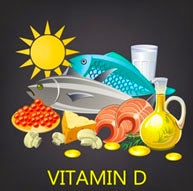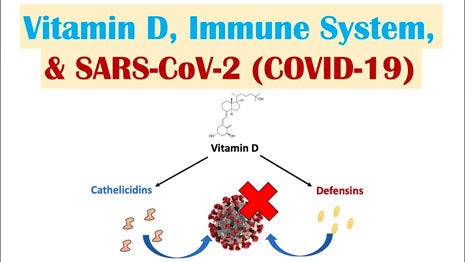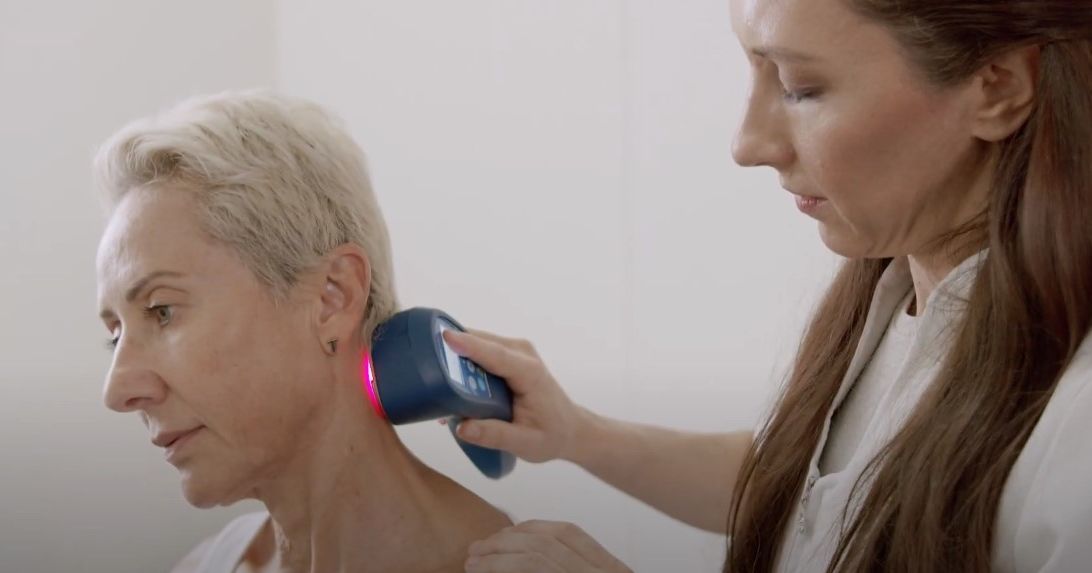
Vitamin D and COVID
Mortality rate close to zero could theoretically be achieved at 50ng/mL blood levels Vitamin D when it comes to COVID-19
Introduction
 As the COVID-19 global health crisis remains persistent, it is important to remember that one of the important pillars of combating viral infections is the strength of the immune system. With most of us adopting a modern lifestyle consisting of an insufficient amount of physical activity, nutritious meals and time outdoors has led to widespread vitamin D deficiency. A study conducted by Loren Borsche, Bernd Glauner and Julian von Mendel evaluated the correlation between vitamin D levels and COVID-19 mortality rates and found strong evidence that low vitamin D3 levels was a predictor of the infection. [1]
As the COVID-19 global health crisis remains persistent, it is important to remember that one of the important pillars of combating viral infections is the strength of the immune system. With most of us adopting a modern lifestyle consisting of an insufficient amount of physical activity, nutritious meals and time outdoors has led to widespread vitamin D deficiency. A study conducted by Loren Borsche, Bernd Glauner and Julian von Mendel evaluated the correlation between vitamin D levels and COVID-19 mortality rates and found strong evidence that low vitamin D3 levels was a predictor of the infection. [1]
Vitamin D
 The major function of Vitamin D in humans is to maintain appropriate amounts of calcium concentration in the blood. Vitamin D occurs in two forms – dietary Vitamin D (D2) and Vitamin D absorbed from the sun (D3). Adequate intake of vitamin D is often achieved through exposure to sunlight. A vitamin D deficiency can result in decreased bone density and a number of skeletal conditions such as rickets in children and osteomalacia in adults as well as the early onset of osteoporosis. Over the last few decades, research has shown that vitamin D played an important role in influencing the immune system to impact a number of health challenges – potentially including COVID-19. [1]
The major function of Vitamin D in humans is to maintain appropriate amounts of calcium concentration in the blood. Vitamin D occurs in two forms – dietary Vitamin D (D2) and Vitamin D absorbed from the sun (D3). Adequate intake of vitamin D is often achieved through exposure to sunlight. A vitamin D deficiency can result in decreased bone density and a number of skeletal conditions such as rickets in children and osteomalacia in adults as well as the early onset of osteoporosis. Over the last few decades, research has shown that vitamin D played an important role in influencing the immune system to impact a number of health challenges – potentially including COVID-19. [1]
Below is the Recommended Daily Intake of Calcium, as stipulated by the Nutrient Reference Values for Australia and New Zealand. [2]
| Age | Recommended Daily Intake of Calcium |
|---|---|
| Infants (0-12 months) | 5.0ug |
| Children (1-18 years) | 5.0ug |
| Adults (19-50 years) | 5.0ug |
| Adults (51-70 years) | 10.0ug |
| Adults (70+ years) | 15.0ug |
You can increase your Vitamin D3 intake by:
- Spending 5 to 30 minutes in direct sunlight with your face, arms, legs or back exposed two times a week.
- Vitamin D3 supplementation.
- Consume foods rich in vitamin D3 including oily fish (salmon, sardines, herring, mackerel), red meat, liver, egg yolks
Vitamin D and COVID-19
New study finds the power of Vitamin D - stops viral replication and modulates pro-inflammatory cytokines of the lung. [1] "Vitamin D3 deficiency, which is a well-documented worldwide problem, is one of the main reasons for severe courses of SARS-CoV-2 infections." It is stated in the research article that blood calcium levels over 125 nmol/L may prevent or mitigate new outbreaks due to escape mutations or decreasing antibody activity. [1]
There has been a rapid increase in publications researching the relationship between the low levels of Vitamin D levels in cases of severe courses of the COVID viral infection and the positive results of vitamin D3 treatments.

For more information, visit the references attached below!
References
1. Borsche, L., Glauner, B., & von Mendel, J. (2021). COVID-19 Mortality Risk Correlates Inversely with Vitamin D3 Status, and a Mortality Rate Close to Zero Could Theoretically Be Achieved at 50 ng/mL 25(OH)D3: Results of a Systematic Review and Meta-Analysis. Nutrients, 13(10), 3596.
Read More
2. Vitamin D | Nutrient Reference Values
Read More
3. Vitamin D, Immune System & SARS-CoV-2 (COVID-19) Mechanism of Vitamin D Immune Regulation and Overview
Watch Video



